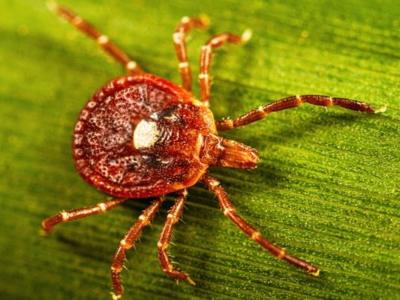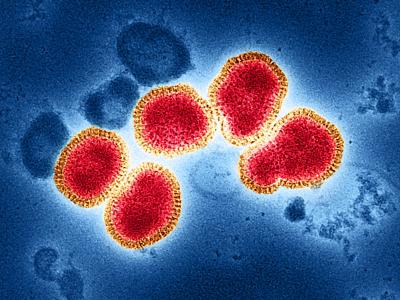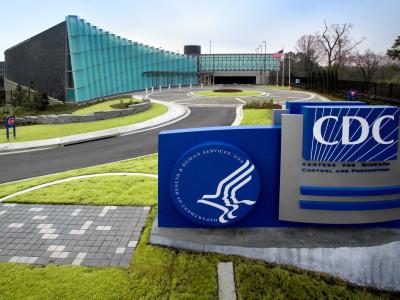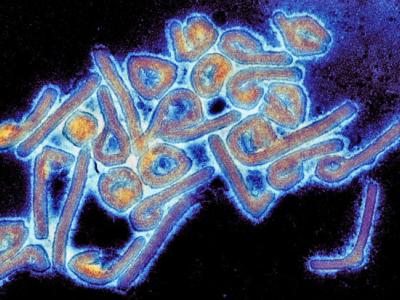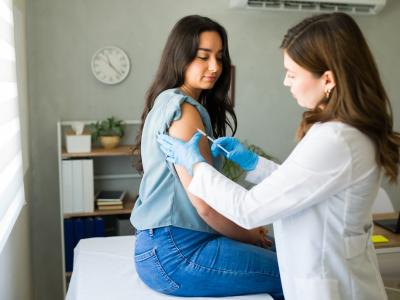Drugs for chronic conditions tied to lower risk of COVID-19, poor outcomes
Use of the common maintenance drugs angiotensin-converting enzyme inhibitors (ACEIs), angiotensin-receptor blockers (ARBs), warfarin, statins, direct-factor Xa inhibitors, and P2Y12 inhibitors was tied to lower risk of COVID-19 infection, hospitalization, and death, a large US National Institutes of Health (NIH) study suggests.
The observational study, published yesterday in PLOS One, identified COVID-19 patients using prescription claims data on a 20% random sample of Americans enrolled in Medicare Part D from Apr 1 to Dec 31, 2020. The patients were matched in a 1:5 ratio with uninfected controls based on age, race, sex, dual-eligibility status, and geographic region.
During the study period, 374,229 Medicare patients older than 65 years tested positive for COVID-19, and 278,912 (74.6%) of them were taking at least one study drug. The three most common such drugs were statins (50.1%), ACEIs (26.2%), and ARBs (22.3%).
Use of ACEIs (to lower blood pressure), ARBs (to lower blood pressure and treat heart failure), statins (to lower cholesterol), and the anticoagulants warfarin, direct-factor Xa inhibitors, and P2Y12 inhibitors were linked to a lower risk of COVID-19 infection, with risk reductions ranging from 1% for direct-factor Xa inhibitors to 12% for warfarin.
The heartburn preventive famotidine was associated with a 12% increased risk of infection, and the antimalaria drug hydroxychloroquine was tied to a 63% increased risk but had no effect after censoring for patients who recently started the drug. Hydroxychloroquine has been repeatedly disproven as a COVID-19 treatment.
Among COVID-19 patients, 39.6% were hospitalized. Use of ACEIs, ARBs, statins, warfarin, direct-factor Xa inhibitors, P2Y12 inhibitors, and famotidine were linked to a 2% to 11% decreased risk of hospitalization relative to never-users. After censoring, hydroxychloroquine showed no effect.
Overall, 17.2% of COVID-19 patients died. Use of ACEIs, ARBs, statins, warfarin, direct-factor Xa inhibitors, and P2Y12 inhibitors in this group was associated with reduced risk of death, ranging from 6% for P2Y12 inhibitors to 20% for direct-factor Xa inhibitors.
"One possible explanation is that if these drugs blunted the effects of COVID-19 infection, infected patients might have milder symptoms and would be more likely to not seek medical care and remain undiagnosed," the study authors wrote.
Apr 18 PLOS One study
Israeli study shows mild side effects in recipients of Pfizer booster dose
A study based on the first recipients of a third (booster) Pfizer-BioNTech vaccine dose in Israel had only mild side effects, with only 11% of recipients reporting their side effects were worse than those experienced after the first or second doses. The findings were published yesterday in JAMA Network Open.
The study was based on the survey responses of 27,046 members of Clalit Health Services, which insures more than half of the Israeli population. The participants were all 60 or older and received a third dose of the Pfizer mRNA vaccine from Jul 30 to Aug 3, 2021. Two surveys were conducted to gauge adverse effects (AEs) within 1 month of the third dose.
The median age of respondents was 71, and 49.2% had at least one risk factor for severe COVID-19. A total of 30% of respondents reported at least one AE, and 24.8% reported an injection-site reaction. Pain at the injection site was the most common AE, followed by fatigue (9.7%) and malaise (7.2%).
Most of the respondents (67.8%) said after the third dose they felt similar to how they felt after their second dose, with 18.7% saying AEs were milder and 11.1% saying they were worse. A total of 1.2% of respondents sought medical attention because of booster-dose AEs.
Women and younger recipients were more likely to report systemic AEs, a pattern also seen in Israeli studies on second-dose AEs.
"We found that AEs after the BNT162b2 mRNA vaccine booster dose were generally mild and usually did not require medical care," the authors concluded. "The proportion of self-reported AEs that occurred in our study was similar or lower than that after the administration of the second vaccine dose in several previous studies."
Apr 18 JAMA Netw Open study
